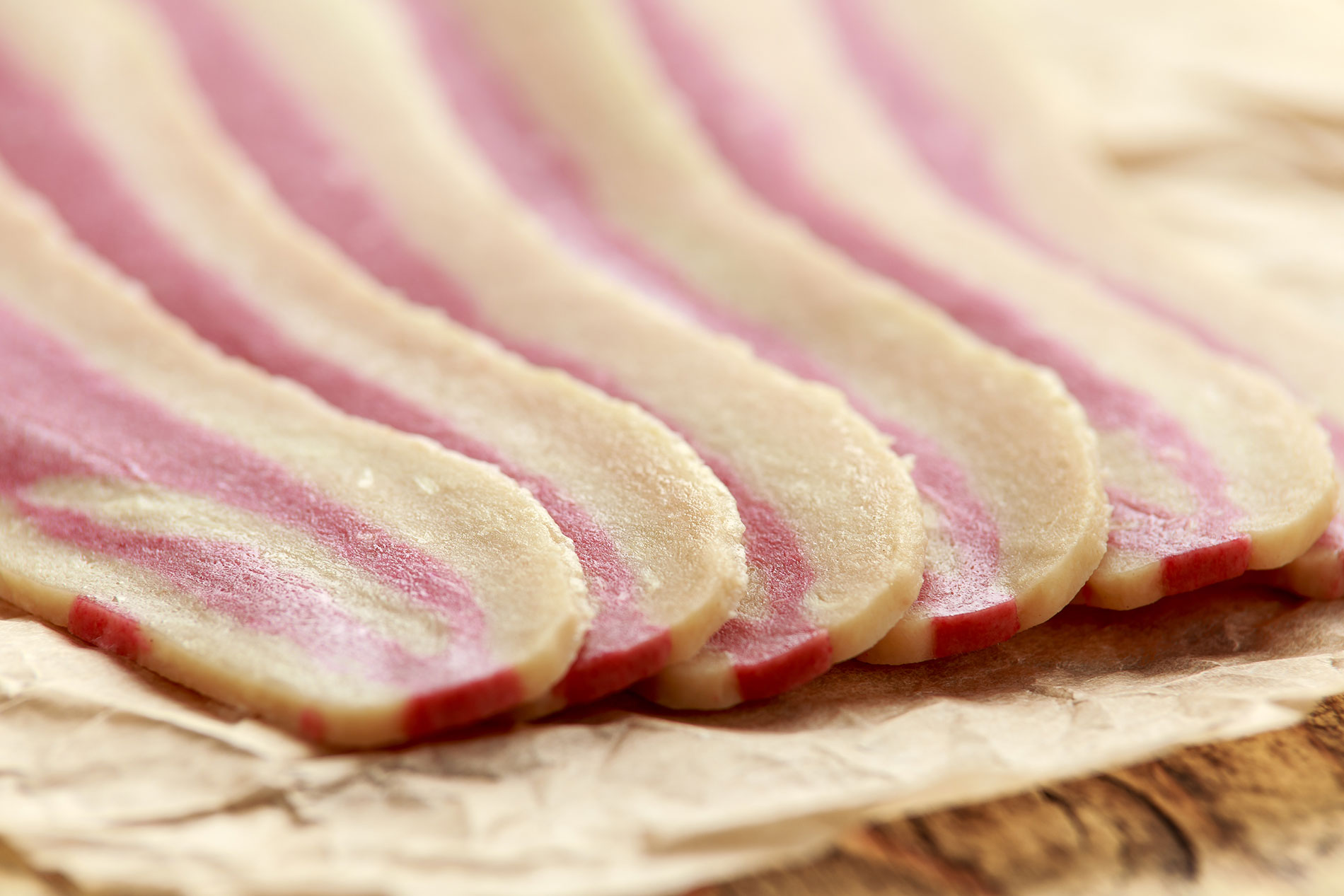What are plant-based meat substitutes?
Find out their characteristics, their nutritional content and their method of preparation.
TRIED AND TESTED
Share

The sale of plant-based foods has grown 48% in Spain in the last two years, according to the study Plant-based foods in Europe: How big is the market?, published by the European Smart Protein project and based on data obtained from the consultancy firm, Nielsen. These foods include plant-based ‘meat’ substitutes.
In addition, almost 10% of the Spanish population consider themselves to be veggie and there are already 3.8 million consumers that ‘go green’, according to data from The Green Revolution study.
Large retailers have listened to this demand from consumers and, nowadays, there are an increasing number of offers of vegetarian and vegan products to choose from, including those called ‘plant-based meat substitutes’.
Main characteristics of plant-based meat substitutes
Plant-based meat substitutes are a substitute for meat from animals since they are one of the sources of protein for vegetarians and vegans so they can supplement their diet.
Today there are a wide range of plant-based products that simulate meat, such as veggie burgers or meatballs, among others.

The 5 main types
- Soy: this is a highly versatile food, given that it can be used to make all types of meals similar to meat, especially using textured soy. Soy can be used to make vegetable burgers, vegan steaks, vegetable meatballs and all types of dishes similar to meat. It has a high protein and carbohydrate content.
- Pulses: their high nutritional value makes them a necessary food for people who don’t eat animal proteins. Pulses are a widely used ingredient in the vegan diet. With lentils, chickpeas, beans...you can cook various recipes in which they replace the meat. You can also make hummus (puréed chickpeas), chickpea burgers, lentil burgers, etc.
- Tofu: this is a type of plant-based meat substitute which is similar to fresh cheese, with a very mild flavour. It is a food of Chinese origin made using soy seeds, water and coagulant. It is a common dish in Asia in general, and in Japan and China in particular. This product easily absorbs the flavours of spices and other ingredients. Tofu has been a basic ingredient in Asian countries for more than 2000 years.
- Seitan: valued for its nutritional value and its texture. Textured soy is similar to seitan. Seitan is mainly made from wheat gluten and soy sauce, and was highly valued back in the 6th century as an ingredient in Asian cooking. It has been a meat substitute for more than a thousand years. It has a high protein content and texture similar to beef, especially if we eat it textured, which is like mince beef. Seitan is brown or dark in colour and can be cooked in all of the same ways that you can cook a piece of beef, chicken or pork: grilled, battered or breaded, fried or stewed.
- Tempeh: this is a food of Indonesian origin made in a similar way to tofu. It has a slightly nutty taste. Tempeh is obtained by cooking and fermenting yellow soy, although it can also be made with other pulses such as chickpeas.






